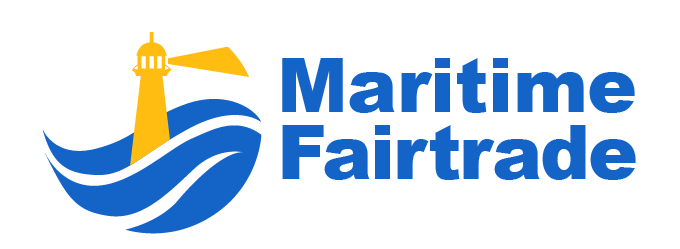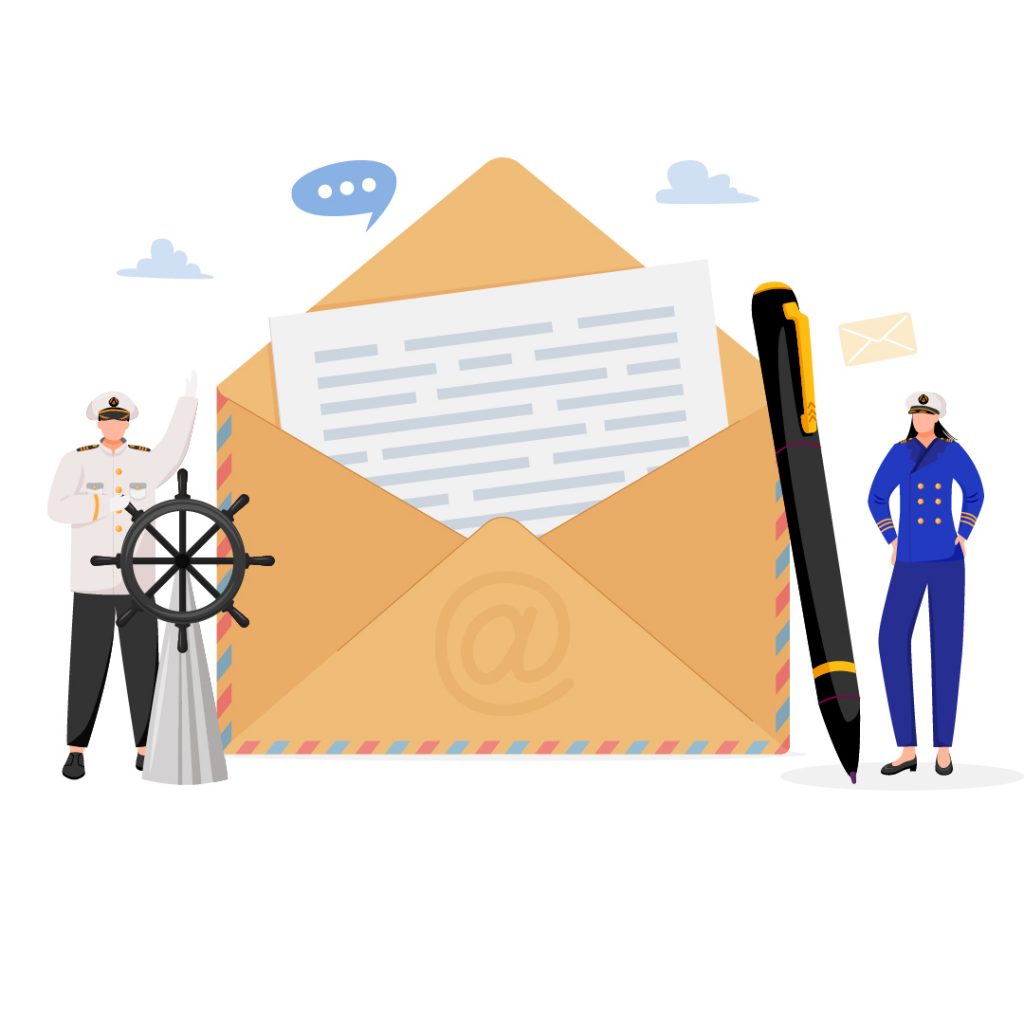Global Resilience Federation (GRF) is a non-profit hub for multi-industry intelligence exchange with information sharing and analysis centers and organizations, and computer emergency response teams.
It has an in-house team of experts and analysts who monitor and report on cyber threats globally around the clock.
Members of the federation will receive up-to-date actionable alerts and advisories regarding cyber, supply chain, physical and geopolitical threat intelligence specific to their industries.
Relentless cyberattacks on critical infrastructure
Malicious cyber criminals are increasingly threatening law and order all over the world.
Cyber criminals are blind to geographical distances and national borders have no meaning to them.
Critical infrastructure, from ports, power plants, to national transport systems, are increasingly being targeted.
They are becoming the target of choice for cyber criminals, especially the state-sponsored ones, who for political motives, recognize the optic of sabotaging a security system that was once thought of as impenetrable.
It is not an overstatement to say that cyberattacks on national critical infrastructure could bring a country to its knees.
According to a survey by the Ponemon Institute, nine in 10 critical infrastructure providers experienced cyberattacks that have crippled their systems in the last two years. 62 per cent had been hit by two or more cyberattacks in the same period. 23 per cent reported that they had fallen victim to a nation-state attack.
Asia is at higher risk of cyber attacks
The Center for Strategic and International Studies (CSIS) puts the cost of global cybercrime at nearly US$600 billion per year, the equivalent of S$819 billion.
Up to a third of this cost is borne by East Asia and the Pacific, the highest among all the regions analyzed by CSIS.
Kunal says: “Asia is at higher risk of cyber threats compared to the rest of the world. Firstly, this is because Asia is getting more connected. Secondly, many countries are still grappling the intricacies of digital technology and are behind the learning curve.”
Cynthia adds: “It is also about Asia’s economic power and success. Asia is a dominant global player and a financial powerhouse. So, as the economy gets more developed, there will be more attacks.
“Cyber criminals do it for money and notoriety. Then, there is also the nation state actors.”
Wakeup call for maritime industry
Kunal says the wakeup call for the maritime industry was the cyberattack of malware NotPetya in 2017 against the world’s largest shipping conglomerate A.P. Møller-Maersk. Maersk’s global operation was crippled and it suffered US$300 million in damages.
NotPetya’s goal was purely destructive. It irreversibly encrypted computers’ master boot records, as there is no key to reset the operating system.
“No matter what the motivation is out of those three, cyber criminals are always going to go for the low hanging fruits first,” says Kunal.
So, the best way to defend against cyberattacks is for companies to join industry and region-specific collaborative communities to gather and exchange the latest security information.
In this model, members can get warning or mitigation information on phishing campaigns, malware attacks, systems vulnerabilities or other threats.
They can use this information to proactively strengthen their defense and prevent incidents before they happen, or rapidly lessen the scope of damage and speed up repair time. By pooling data, best practices, analysis and warning, they gain a cost-effective competitive advantage that bolsters security, which in turn, will secure their financial position and protect their reputation.
“Together we are stronger. We are going to work collectively to defend ourselves as a community.
“For example, if a member is being attacked or shows early symptoms, they can share this information with us, anonymously if need be.
“We will put some structure around this information, turn it into intelligence with actionable recommendations and send it out to other members.
“An analogy I like to use is if your neighbor’s house is broken into, you will be interested to know how the burglar was trying to get in and what preventive measures to take. That’s exactly what intelligence sharing is.”
Kunal says that in Asia, there is one big misconception that is a barrier to the widespread use of the intelligence sharing model.
And that is the wrong view there is some law or regulation prohibiting the sharing and use of intelligence. He emphasizes that this is absolutely not true.









